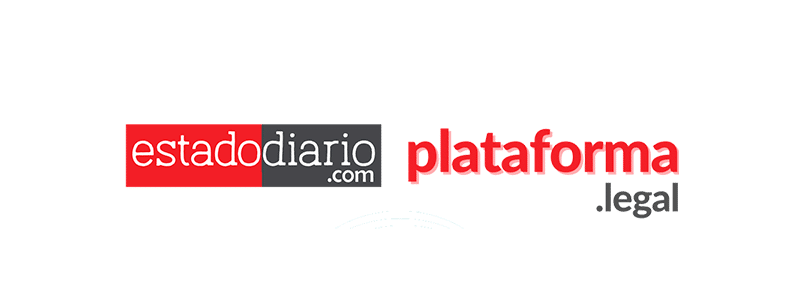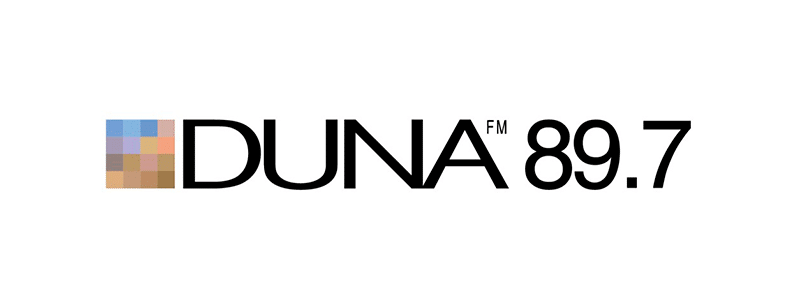We invite you to read the opinion column written by our senior associate in the Public Law and Regulated Markets Group, Ramiro Araya, on the sustainability challenges facing the mining industry in Chile.
Chile has historically been known for its commitment to combating climate change, having signed the most important international treaties on the subject since 1992. Domestically, this commitment was formalized with the enactment of the Framework Law on Climate Change and the Long-Term Climate Strategy, through which the country aims to achieve carbon neutrality by 2050. This represents significant challenges for the mining industry.
In concrete terms, both instruments aim to achieve an overall reduction of at least 70% in greenhouse gas emissions from mining through measures such as the development of zero-emission transport fleets and electricity supply contracts with renewable sources.
Along the same lines, the National Mining Policy 2050 projects a 50% reduction in CO2 emissions from large-scale mining operations by 2030. The Mining Council, a trade association that brings together the main companies in the industry, has taken on this task with determination, publishing the greenhouse gas emission reduction targets of each of its members in the medium and long term (2030, 2040, and 2050).
This is a process in full swing that is generating some uncertainty among regulated entities. On June 13 of this year, Sernageomin presented the “Guide to the Implementation of Mining Projects and Review of Technologies for Decarbonization” and the “Guide to the Presentation of Pilot Projects or Projects with Trolley Assist Technology in Mining Operations,” aimed at medium and large mining companies. Their objective is to facilitate the implementation of renewable energies, electromobility, green hydrogen, carbon capture, and other technological advances in all areas and processes of the industry. Through them, the authority seeks to present clear technical criteria to achieve the necessary energy transition required to meet the goals set by the State.
Just as important as reducing emissions is the safe management of active and abandoned tailings. In 2019, the National Tailings Deposit Plan was published, launching a program for the safe closure of abandoned tailings—environmental liabilities with great potential for impact—and effective monitoring of active tailings. In 2024, the government issued the “Tailings Agenda” for 2025 and 2026, proposing measures to accelerate the closure of critical deposits before 2030 and eradicate abandoned deposits by 2050 at the latest.
These requirements are in line with the long-term work that mining companies have been carrying out to move towards more sustainable activity, where environmental protection (for example, through the incorporation of clean energy matrices), the implementation of a circular economic model, and constant engagement with local communities are essential conditions for achieving social license and long-term business continuity.
However, compliance with environmental commitments creates tension—at least apparently—with the industry’s need for growth and its strategic role in the country’s development. Chile needs mining to grow by leaps and bounds, but without neglecting environmental preservation and the protection of fundamental rights.
The legislative response has been to implement incentives for the adoption of sustainable practices. The clearest example is in the area of emissions reduction, with the creation of “carbon credits” and the possibility of trading them on the market, the simplification of authorization requirements for projects using renewable energy, and tax incentives for the use of new technologies.
However, these mechanisms are not sufficient to address the difficulties associated with the problem. The delays and complexities of environmental authorization processes are one of the main barriers to the development of new projects in the country. This situation has recently been addressed with the publication of the Framework Law on Sectoral Permits, which seeks to reduce processing times by between 25% and 50%. Its effectiveness will depend on multiple factors, including how sectoral bodies implement the law and whether the complementary regulations issued under it impose new burdens on project owners.
Ultimately, this is an issue that will require public-private cooperation in pursuit of a common goal, and primarily technical, effective, and transparent institutions that are capable of making decisions consistent with a long-term plan rather than with a specific political situation. State bodies must offer legal certainty, a stable framework that allows investors to embark on large-scale projects under clear rules that efficiently reconcile economic growth, environmental preservation, and the protection of fundamental human rights.
Column written by:
Ramiro Araya | Senior Associate Public Law and Regulated Markets Group | raraya@az.cl
Check out the press appearances:




